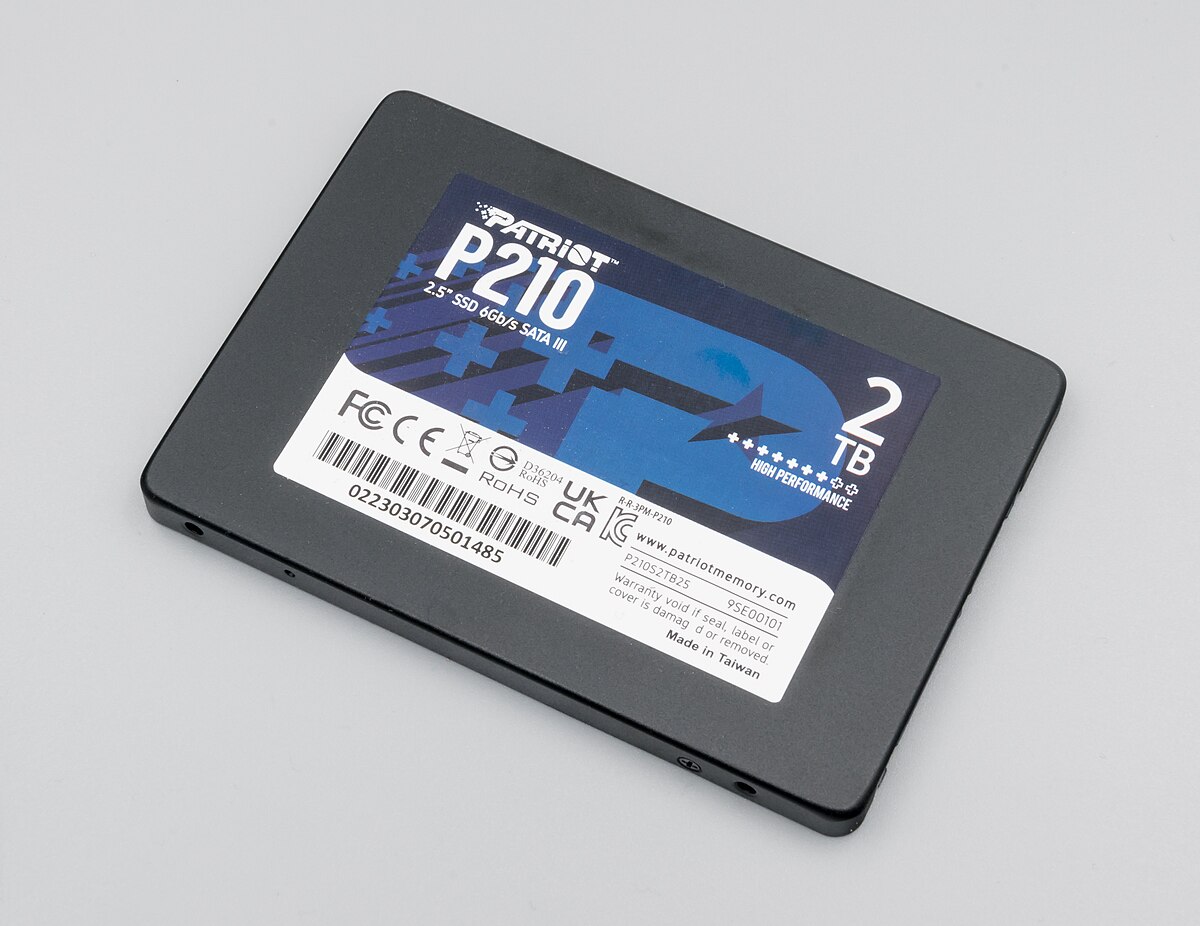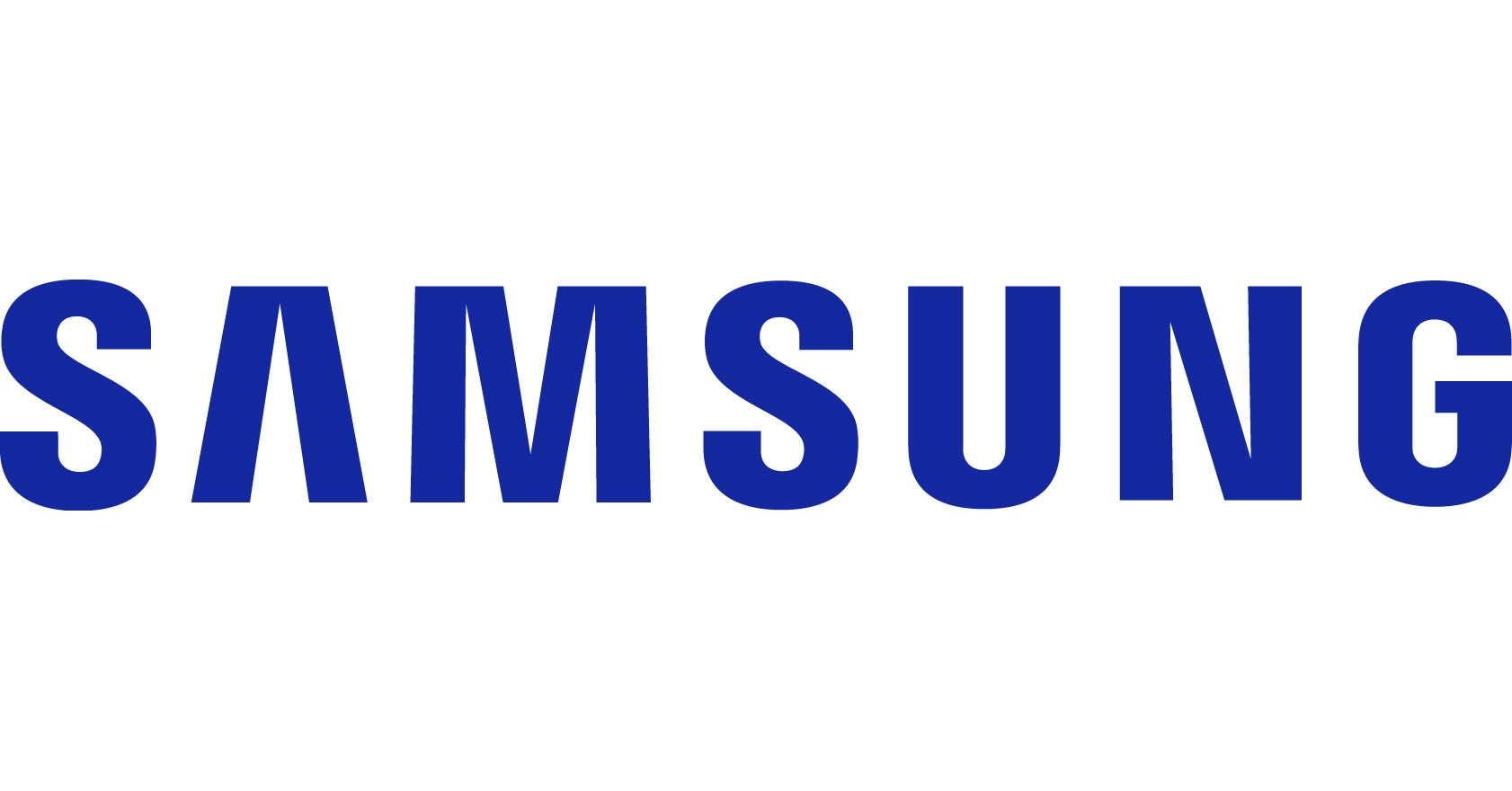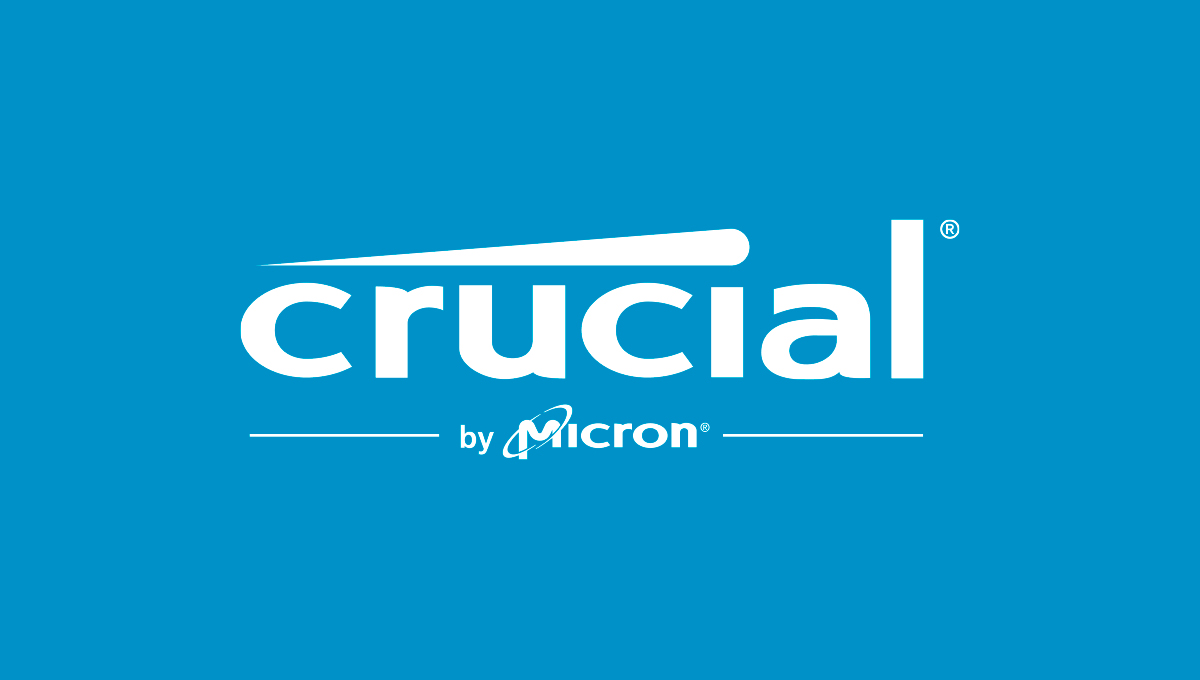Virtual memory has no bearing on NVRAM usage.
You are correct Colin. I need to read carefully. He is running out of disk space, not RAM.
If some quick looks at logs and temp don't find it I agree with the advice to reset and load again.
Virtual memory has no bearing on NVRAM usage.
NVRAM is not disk space. It is a part of the router's flash memory used to store configuration variables.You are correct Colin. I need to read carefully. He is running out of disk space, not RAM.
It's base64-encoded content of your Custom section in OpenVPN.Note, my router is one I'm using in the lab for testing purposes, so it's probably not representative of someone using the same router for their primary router. But it does have a configured OpenVPN client. And strangely these variables called vpn_client_cust2 and vpn_client1_cust2, which appear to contain some sort of cert or key (usually such things are stored in jffs).
It is flash memory formatted as a file system. The boot code and OS is also on the same flash and all filesystems reside on disk weather called Solid State Disk (Flash Memory), USB Thumb Drive (flash memory) or Non Volatile Memory.NVRAM is not disk space. It is a part of the router's flash memory used to store configuration variables.
No it isn't. The "NVRAM" part of the flash memory we are talking about is not formatted with a filesytem (unlike other parts of the flash memory which are). It cannot be mounted. Therefore he cannot "look at logs and temp" on it.It is flash memory formatted as a file system.
No it isn't. The "NVRAM" part of the flash memory we are talking about is not formatted with a filesytem (unlike other parts of the flash memory which are). It cannot be mounted. Therefore he cannot "look at logs and temp" on it.
N.B. To be clear, I'm specifically talking about what the warning message is calling "NVRAM" and not the generic acronym for all types of non-volatile memory.
It's base64-encoded content of your Custom section in OpenVPN.
Not at all. A disk is a disk, flash memory is flash memory. Just because a particular storage device may contain a filesystem it doesn't make that storage device a disk.Even if not a file system, you just proved it's disk. It's a critical data in proprietary format residing on the same disk as the other file systems.
Perhaps there are unused parameters? How can I find them?
nvram show 2>/dev/null | sort > /tmp/mnt/USB/nvram_before.txtnvram show 2>/dev/null | sort > /tmp/mnt/USB/nvram_after.txtBtw, why is it in there twice? Each variable seems to hold the exact same value. Given the size, it's a bit concerning. I only have the one OpenVPN client (#1) defined.
vpn_client_* and vpn_server_* are the scratchpad variables used by the webui to read and write settings. The web server then handles copying it to/from the appropriate instance (vpn_client1_*, vpn_client2_*, etc...)
Not at all. A disk is a disk, flash memory is flash memory. Just because a particular storage device may contain a filesystem it doesn't make that storage device a disk.
Regardless of what you want to call it he still can't mount it and "look at logs and temp" on it.
Solid State DriveWow! What dose SSD stand for?
Solid State Drive

Exactly. So what's your point? The router doesn't have an SSD. As the wiki entry says, they were sometimes called a solid-state disk (although I don't believe that was ever an official term) because they were drop in replacements for HDDs and emulated the form factor, interface, geometry and control commands of a HDD. None of those characteristics apply the the router's flash memory.A solid-state drive (SSD) is a solid-state storage device that uses integrated circuit assemblies to store data persistently, typically using flash memory, and functioning as secondary storage in the hierarchy of computer storage. It is also sometimes called a solid-state device or a solid-state disk, even though SSDs lack the physical spinning disks and movable read–write heads used in hard disk drives (HDDs) and floppy disks.
Reference:

Solid-state drive - Wikipedia
en.wikipedia.org



It is flash memory formatted as a file system.

Welcome To SNBForums
SNBForums is a community for anyone who wants to learn about or discuss the latest in wireless routers, network storage and the ins and outs of building and maintaining a small network.
If you'd like to post a question, simply register and have at it!
While you're at it, please check out SmallNetBuilder for product reviews and our famous Router Charts, Ranker and plenty more!
